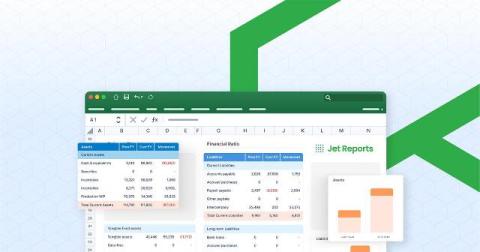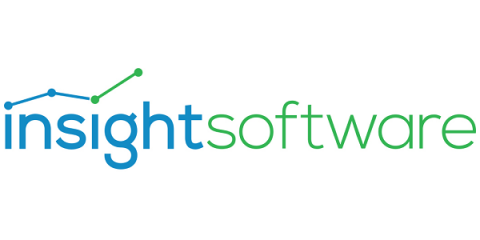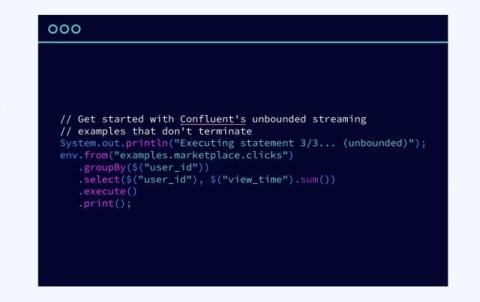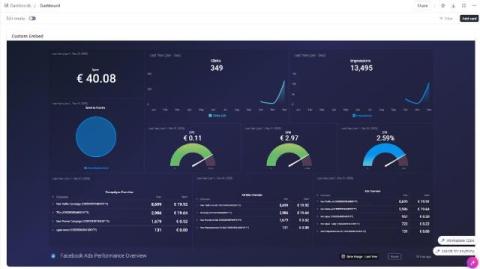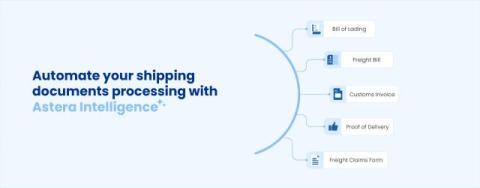Driving Innovation and Efficiency with Gen AI in Life Sciences
AI has profoundly impacted the life sciences industry for the past couple of decades. In the 2000s, researchers were able to use AI to analyze the human genome, identifying genetic markers and variations that could predict an individual’s susceptibility to certain diseases. This opened the door to personalized medicine and more effective therapies for genetic disorders.





